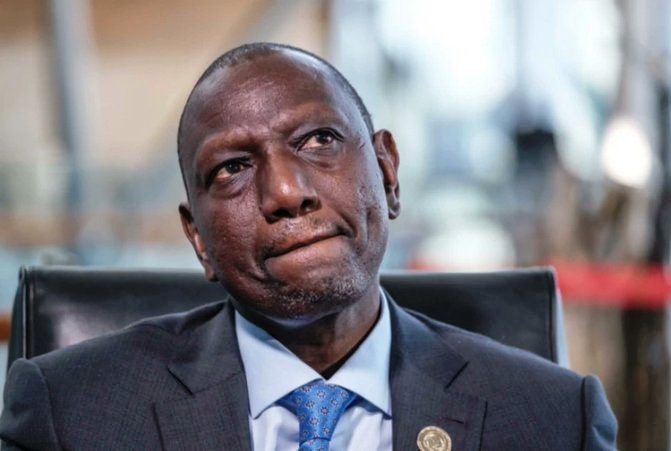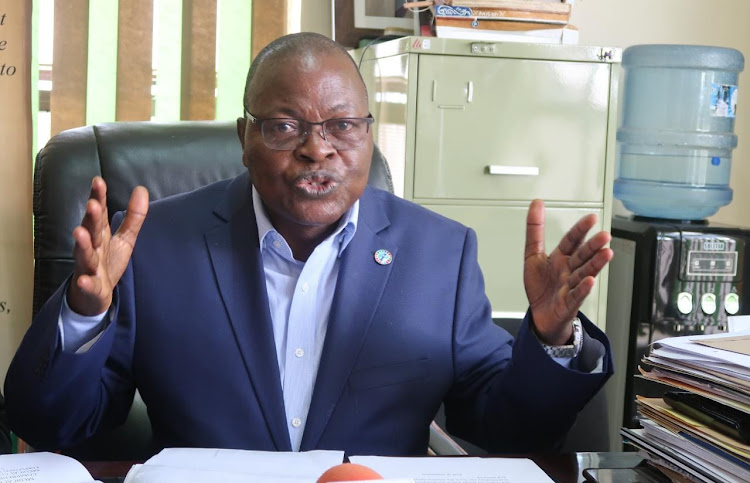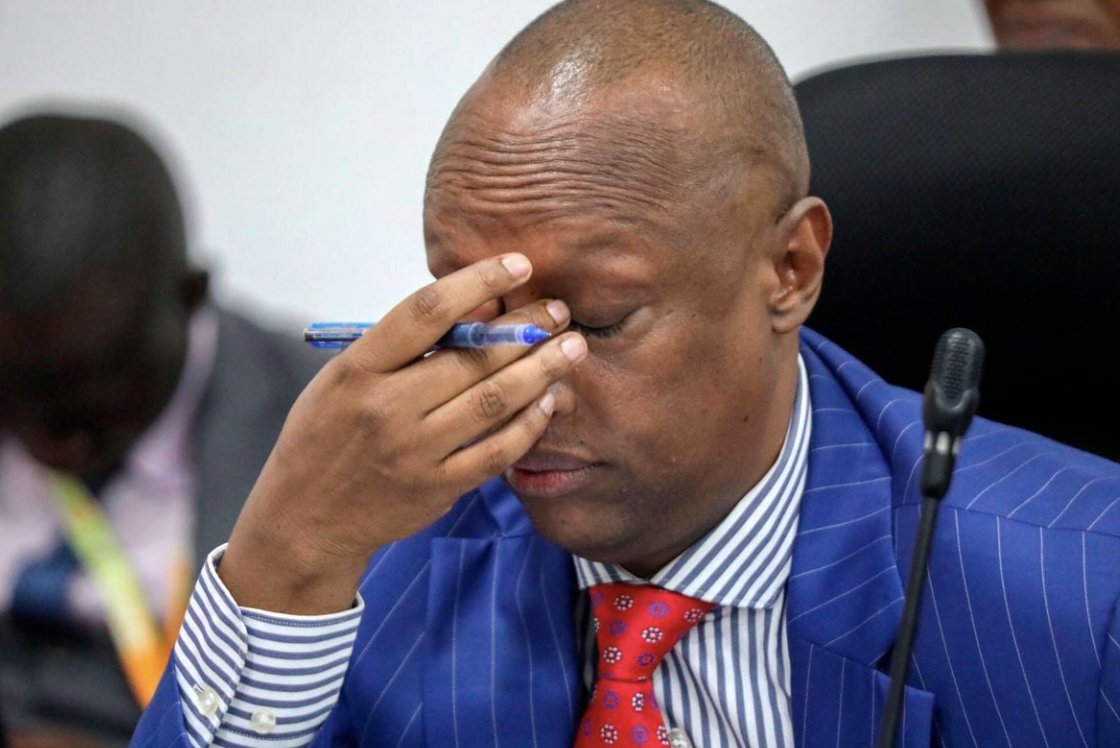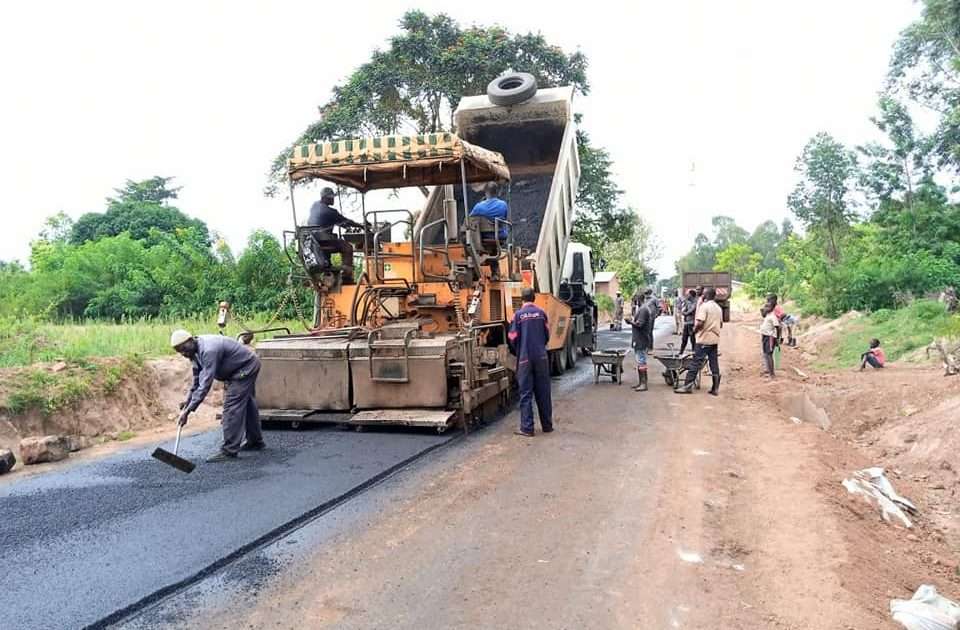President Ruto’s unease over the emerging Gachagua–Kalonzo alliance stems from the numerical advantage such a partnership could command. The Mount Kenya region, Ukambani, and the vast Kikuyu diaspora collectively represent a decisive voting bloc capable of shaping national outcomes. Should Gachagua deliver a significant share of the Mount Kenya vote to Kalonzo’s side, Ruto’s re-election bid could encounter serious headwinds
To unlock the full article:
Choose one of the options below:
- Ksh 10 – This article only
- Ksh 300 – Monthly subscription
- Ksh 2340 – Yearly subscription (10% off)
By The Weekly Vision Political Desk
President William Ruto may publicly exude confidence about securing a second term in 2027, but behind closed doors, anxiety appears to be mounting within State House. According to multiple political observers, what is quietly unsettling Ruto is not the familiar opposition led by Raila Odinga and the ODM party, but rather a budding political alliance between Deputy President Rigathi Gachagua and Wiper leader Kalonzo Musyoka.
Although this partnership has not been formally announced, signs of collaboration between the two leaders have become increasingly visible. The emerging Gachagua–Kalonzo axis, analysts say, has the potential to alter Kenya’s political landscape ahead of the next general election.
Ruto’s unease stems from the numerical advantage such an alliance could command. The Mount Kenya region, Ukambani, and the vast Kikuyu diaspora collectively represent a decisive voting bloc capable of shaping national outcomes. Should Gachagua deliver a significant portion of the Mount Kenya vote to Kalonzo’s side, Ruto’s re-election bid could face serious headwinds.
Sources close to the Deputy President indicate that Gachagua may have resigned himself to the reality that his own presidential ambitions have dimmed following legal interpretations from Chief Justice Martha Koome. According to the Chief Justice, once an individual has been impeached, they are ineligible to contest for public office unless that impeachment is overturned by a competent court. This legal position, it is believed, has influenced Gachagua’s decision to reposition himself as a kingmaker rather than a presidential contender.
By lending his support to Kalonzo, Gachagua could play a decisive role in rallying Mount Kenya’s political elite and wealthy business figures behind the Wiper leader. Kalonzo, though widely respected, has long struggled with limited financial muscle to mount a nationwide campaign. In contrast, Gachagua is known to command both significant resources and influence among the region’s political and economic networks, assets that could transform Kalonzo’s campaign from a symbolic effort into a formidable national movement.
The critical question, however, remains the choice of Kalonzo’s running mate. Political strategists argue that while a running mate from Mount Kenya would appease Gachagua’s supporters, it risks narrowing the ticket’s national appeal. Conversely, selecting a deputy from outside the region, particularly from vote-rich Western Kenya, could broaden support. Names such as Eugene Wamalwa, George Natembeya, and Cleophas Malala have already been floated as possible contenders for the position.
Still, challenges persist within the opposition. Former Interior Cabinet Secretary Fred Matiang’i has distanced himself from Gachagua’s political manoeuvres, opting to pursue his own path under the Jubilee Party banner. Such divisions within the opposition coalition could weaken the collective effort to unseat Ruto in 2027.
For President Ruto, the threat of a Gachagua–Kalonzo alliance lies not only in its potential to consolidate regions that were instrumental in his 2022 victory but also in the symbolism it carries. A former ally turning into a rival kingmaker would signal deep fractures within his own political base.
Ultimately, the success of any opposition formation, whether led by Kalonzo, Gachagua, or others, will hinge on their ability to forge genuine unity. As things stand, a fragmented opposition continues to play into Ruto’s hands. Yet, if Gachagua and Kalonzo manage to sustain their cooperation and galvanise discontented power blocs, the 2027 race could turn into one of Kenya’s most unpredictable political battles in recent history.
[/full]




